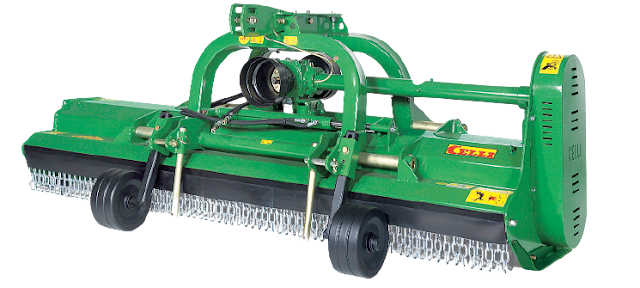So, one thing to keep in mind is that spreaders must be calibrated properly in order to spread granular fertilisers and pesticides to turf the soil at a warp speed. If your calibration is wrong and incomplete, it’s likely that the product will be applied incorrectly.
Spreaders can be calibrated in different ways. We have discussed the following methods that are accurate, fast, and efficient.
Types of Spreaders:
Rotary Spreaders:
Rotary spreaders are sometimes referred to as
spinners, cyclones, or broadcast spreaders. They are commonly used to spread
fertilizers and pesticides within the soil. There are various types of these
spreaders. There are walk behind spreaders, which are operated by someone
walking at a normal speed behind the machine. Alternatively, there are
spreaders that may be ridden by the operator. The operator stands on the
surface and steers the motor vehicle, which propels and distributes granular as
well as liquid product to the soil. Finally, there is the pull-behind type of
spreader. This type of spreader is towed by or mounted on a utility
vehicle.
Rotary spreaders are packed with a hopper, which
has one to three holes in the bottom. These holes can easily be opened and
closed. When the holes are open, granules flow through and strike a gear driven
plate. This plate disseminates and spreads granules to the correct place. It
has an adjustable lever that can be set on a number of hopper openings.
Drop Spreaders:
Drop spreaders have a series of equally spaced holes arranged in a row. For uniform flow of the product, the maximum number of spreader models have a rotating agitator which is placed and attached just above the holes. With the help of a level, these holes can easily be opened and closed. The size of openings can be controlled by the lever. There is a deflector placed beneath the discharge holes. When a giant system of granules falls on the deflector in a uniform way, its width and accuracy improves. After that, granules fall straight on the turf and the width of drop spreaders ranges from 1.5 feet to 3 feet.
When spreading material in small and confined places, drop spreaders are preferred to rotary spreaders. They are not made to be used in large areas and places. However, drop spreaders are very accurate and their working capacity is efficient. These are perfect to abate overlaps and stop skips. With the use of drop spreaders, the product actually falls between the wheels. For the uniform coverage to be made easy, it is important that you overlap wheel paths with each pass.
Steps to follow:
- Measure your spreader’s width
- Measure a 50 to 100-foot strip
- Fill the hopper to one third of known weight
of product
- Adjust the spreader









